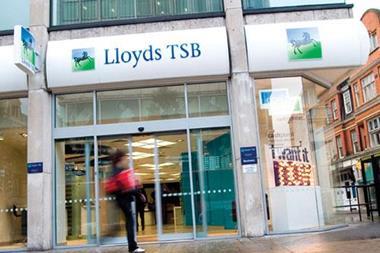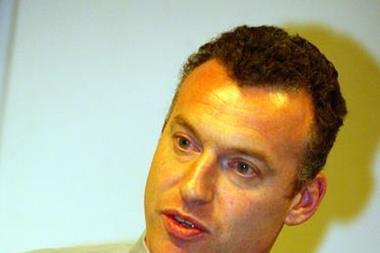The mood is switching back to M&A, but it’s likely to be a less frenetic picture this time around
As the broking world battened down the hatches during the recession, acquisitions took a backseat. But now the economy is starting to pick up and banks, under pressure to lend, turn the taps back on for brokers, all the talk is that acquisitions are back with a bang for 2010.
It’s a mixed group of players: established consolidators that still have an acquisitive appetite and up-and-coming firms looking to bag some bargains. But how serious are this bunch and what are they looking for?
The likely players
Bluefin chief executive Stuart Reid says: “We would like to do 10 to 15 acquisitions each year for the next three years. I hope that gives you an idea of how seriously we’re taking it.”
New kid on the block CCV is battling it out with Bluefin for signatures. Its expansion will potentially add value to a float of the Towergate family, planned for 2012. Towergate chairman Peter Cullum recently revealed plans to integrate the smaller company into the main group prior to IPO.
Elsewhere, Charterhouse-backed Giles is still looking for that transformational acquisition as it seeks to boost its flotation prospects for 2012. Less likely to make a mega-deal, but still on the look-out for acquisitions, are Towergate and Oval. But expect a low-key approach.
Oval renegotiated a £115m debt facility for acquisitions with its banks at the end of 2008. Group managing director Jeff Herdman told Insurance Times that his company is “definitely on the acquisition trail again” and that three or four deals are planned for 2010.
Favourable conditions
According to Lloyds TSB’s managing director for financial institutions, Bill Cooper, concerns over the economy will ensure potential buyers remain cautious. “People are worried about the economy and the performance of their businesses. But if the economy does not take a double-dip, then the activity and the acquisitions will pick up gradually,” he says.
CCV chief executive Michael Rea believes there will be plenty of opportunities to buy as brokers look to sell. “There is an ageing population of principals in the broking business. Some will pass on their business to sons and daughters; others don’t have a succession plan in place. So there is a kind of age demographic associated with it.”
Furthermore, prices have come tumbling down to realistic levels. While it was not unheard of for consolidators to pay 15 times earnings in 2006/07, prices are now down to between five and eight times. One insider says: “Prices are significantly down on where they were, maybe 40% off where they were in the past.”
The wait-and-see contingent is likely to include Lark Group, which has access to Groupama funding, and provincial consolidators such as Henderson in Yorkshire and Bollington in Manchester.
“If it looks like businesses can be acquired for reasonable prices, it will become interesting to private equity again,” Cooper predicts. “We may see that towards the second half of the year.”
But one industry source disagrees, insisting that private equity has dried up and no other brokers with consolidator ambitions are likely to emerge. “I think it will be 10% of the activity talked about. There will be two or three players that go out and buy in a serious way.”
For all the industry talk, one thing is clear: this year will involve nothing like the activity pre-2008. There are fewer big operators and, as a result, less money splashing around.
It’s going to be interesting, but perhaps not quite as exciting as the old days.
saxon.east@insurancetimes.co.uk
Key points
- As the economy slowly emerges from recession, conditions are ripening for renewed merger and acquisition activity
- Familiar names CCV, Giles and Bluefin will be joined by other brokers as banks begin to lend again
- Reasonable pricing and an ageing population of broker owners will also spur buy-outs, but not at the same pace as seen pre-2008
Downloads
Insurance Agenda pdf
PDF, Size 1.15 mb
Hosted by comedian and actor Tom Allen, 34 Gold, 23 Silver and 22 Bronze awards were handed out across an amazing 34 categories recognising brilliance and innovation right across the breadth of UK general insurance.












































No comments yet